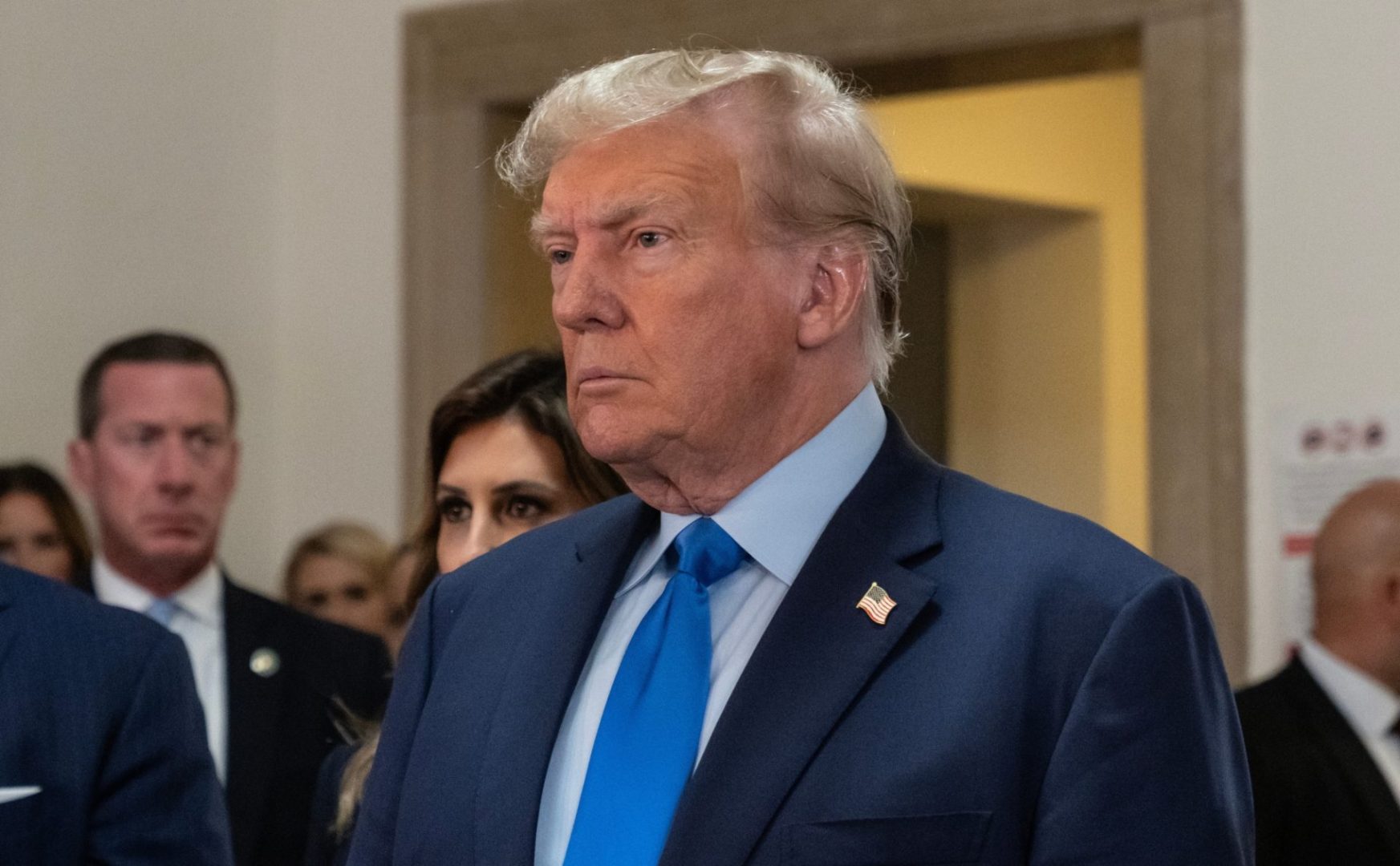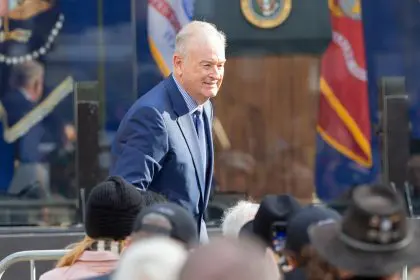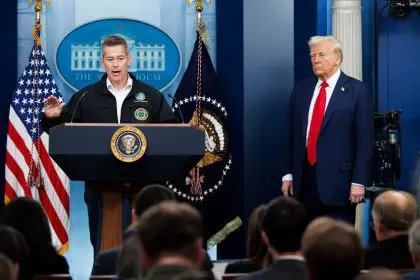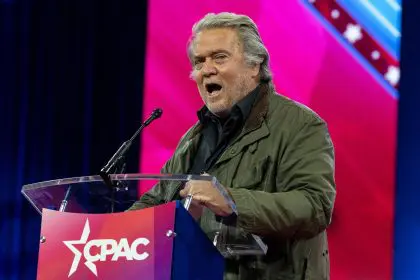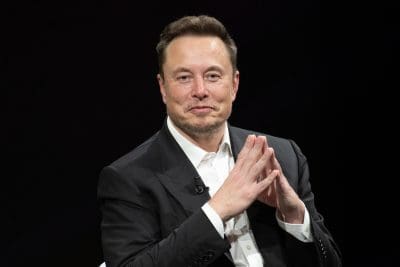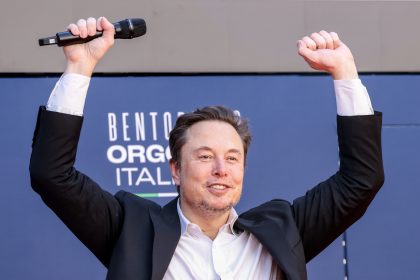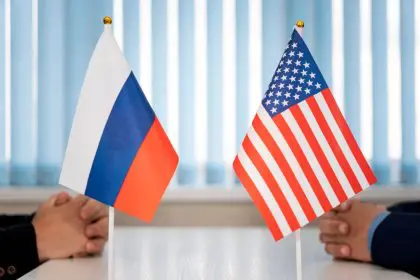In a move that has sparked widespread criticism, former President Donald Trump recently staged a photo opportunity at a McDonald’s in Feasterville, Pennsylvania on Oct. 20. The event — clearly orchestrated to portray Trump as a relatable, blue-collar candidate — has instead fueled skepticism among politically astute voters who see through such transparent attempts at manipulation.
A carefully curated scenario
The McDonald’s restaurant was closed to the public for Trump’s visit, with the former president donning an apron and positioning himself behind the fry station. This controlled environment — where customers were pre-screened by the Secret Service — raised immediate red flags for many observers. The staged nature of the event contrasted sharply with the authentic experiences of everyday workers, leading many to question the sincerity of Trump’s attempt to connect with the working class.
During his time at the restaurant, Trump engaged in tasks typically performed by fast-food workers, such as packing meals and serving customers. However, the artificial setting of this performance did little to convince experienced voters of Trump’s understanding of the challenges faced by low-wage workers. Instead, it highlighted the disconnect between the former president’s privileged background and the daily realities of those struggling to make ends meet on minimum wage.
A transparent political maneuver
Trump’s McDonald’s visit appears to be a direct response to Democratic nominee Vice President Kamala Harris’s campaign narrative. Harris has frequently shared her experience of working at McDonald’s during her college years, using it to emphasize her connection to middle-class Americans and her understanding of their struggles. Trump’s attempt to co-opt this narrative through a staged photo op has been widely perceived as a clumsy and insincere political maneuver.
This incident is particularly noteworthy given Trump’s previous stance on issues directly affecting low-wage workers. During his presidency, Trump showed little interest in raising the federal minimum wage, which has remained stagnant at $7.25 per hour since 2009. This history makes his sudden attempt to present himself as a champion of the working class ring hollow for many politically engaged voters.
Social media scrutiny and public reaction
The backlash to Trump’s McDonald’s stunt was swift and widespread, particularly on social media platforms. Many users criticized the former president for trivializing the experiences of low-income workers, pointing out the stark contrast between a brief, staged photo op and the daily grind of those who rely on fast-food jobs to support themselves and their families.
Politically aware voters were quick to dissect the event, noting the artificiality of the setting and the lack of genuine interaction with actual workers or customers. This critical response reflects a growing sophistication among the electorate, particularly among those who have witnessed multiple election cycles and have developed a keen eye for political theatrics.
The context of economic struggles
Trump’s McDonald’s visit comes at a time when many Americans are grappling with significant economic challenges. Issues such as rising inflation, stagnant wages and job insecurity are at the forefront of many voters’ minds. For those who have personally experienced these hardships or witnessed their impact on their communities, Trump’s staged performance at McDonald’s may appear particularly tone-deaf.
The fast-food industry, often seen as a microcosm of broader economic issues, employs a significant number of workers who struggle with low wages and limited benefits. Many of these employees are adults supporting families, according to a 2024 Zippia report, contrary to the outdated notion that fast-food jobs are primarily held by teenagers. Trump’s photo op, therefore, strikes a discordant note with those who understand the real challenges faced by workers in this sector.
A history of political theatrics
This is not the first time Trump has employed such tactics in an attempt to undermine or mock his political opponents. Throughout his career, he has frequently resorted to spectacle and controversy to dominate news cycles and divert attention from substantive issues. This pattern of behavior has become increasingly transparent to politically savvy voters who have observed Trump’s tactics evolve over multiple election cycles.
In the context of the upcoming election, Trump’s McDonald’s visit can be seen as an attempt to neutralize Harris’s narrative of her working-class roots. However, for voters who value authenticity and substance over staged performances, this strategy may ultimately backfire. The contrast between Harris’s genuine work experience and Trump’s orchestrated photo op is likely to be stark for those who appreciate nuance in political discourse.
The broader implications for political discourse
Trump’s McDonald’s stunt raises broader questions about the state of political discourse in America. In an era where voters have unprecedented access to information and are increasingly adept at identifying political manipulation, such blatantly staged events may be losing their effectiveness. This shift presents both challenges and opportunities for political candidates seeking to connect with an increasingly discerning electorate.
For voters who have weathered multiple election cycles and have seen political strategies evolve, there is a growing demand for substance over style. This sophisticated electorate is less likely to be swayed by superficial attempts at relatability and more interested in concrete policy proposals and a genuine understanding of the issues affecting their lives.
Looking ahead to the election
As the election approaches, both Trump and Harris will continue to vie for the support of working-class voters. However, the response to Trump’s McDonald’s visit suggests that many voters — particularly those with a long-standing interest in politics — are looking for more than just photo opportunities. They seek candidates who demonstrate a genuine understanding of the challenges faced by everyday Americans and offer substantive solutions to address these issues.
The coming weeks will likely see both campaigns refine their strategies to appeal to this crucial demographic. For Trump, this may mean moving beyond staged events and articulating a clear vision for addressing economic inequalities. For Harris, it will involve continuing to leverage her authentic experiences while also presenting a comprehensive plan for improving the lives of working Americans.
The McDonald’s incident serves as a reminder that in the complex landscape of modern American politics, voters are looking for more than just a show. They seek leaders who genuinely understand and can address the challenges they face daily. As the campaign progresses, it will be these substantive issues — rather than staged photo ops — that are likely to sway the decisions of politically engaged voters come election day.

